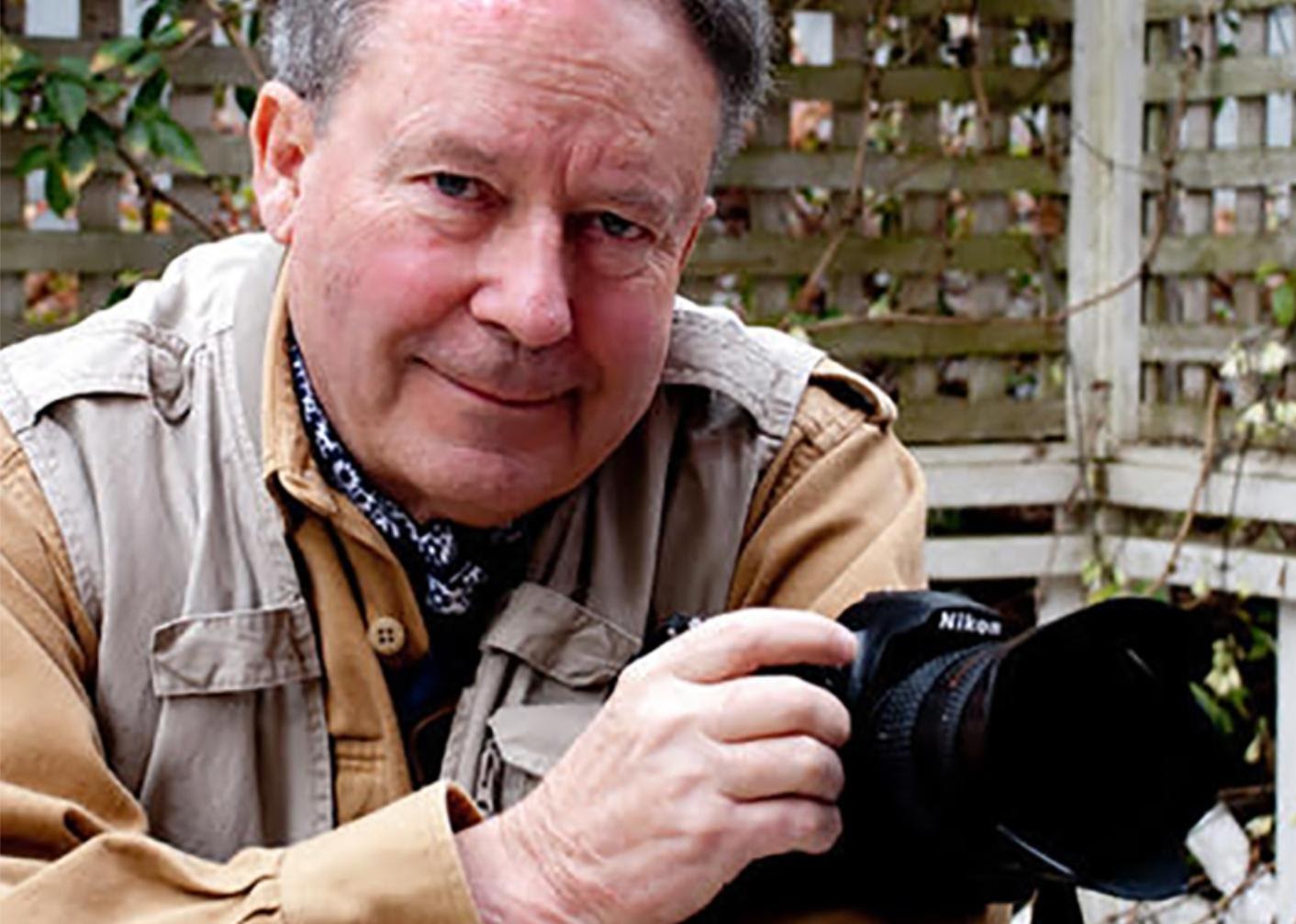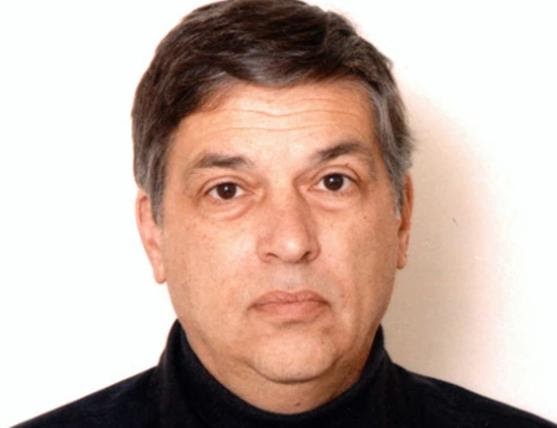How Much Money Do Spies & Double Agents Really Get Paid?
Civilians have friends. Intelligence officers have assets. So when spy agencies need information about foreign countries they circle carefully looking for the right person, a loyal partner, someone who’d want to work with the Americans - even if the target doesn’t know it quite yet.
“In the recruitment cycle, there's what we call SADRAT,” ex-CIA operations officer Ryan Hillsberg told the SPYSCAPE True Spies podcast. “It's Spotting, Assessing, Development, Recruiting, Agent handling, and then Termination. That's the recruitment cycle from A to Z.”
And in between A to Z, there is M for Money. Effective and simple, money has the power to motivate and smooth the rough edges of recruitment. It’s not the only driver, of course. For that, espionage operatives have a different acronym: MICE. In addition to Money, some assets spy for Ideology, others are Compromised or coerced, and many do it to bolster their Ego.
But in the multilingual world of international espionage, money talks.

What really motivates spies?
Cash is king. American CIA or FBI turncoats with access to government secrets can demand a seven-figure payout.
“If the Russians or the Chinese recruit a CIA case officer or FBI agent… maybe $1 million per year, in that range,” said a former Western intelligence professional who spoke on condition of anonymity.
The amount depends on the quality of intelligence though. An Afghanistan asset might only earn £200 to $2,000 a month for low-level or economic intelligence, while a senior Chinese Ministry of State Security officer or a Russian ex-KGB or Federal Security Service officer could command a minimum of $200,000 a year.
Supply-and-demand economics apply, it seems, even to spies.
“We recruit a lot more of them,” the intelligence insider explained. “They have to offer us a lot more to entice us. That’s the way it’s always been.”

Show me the money
Barry Broman, an ex-CIA clandestine officer, once paid a retiring foreign asset several hundred thousand dollars - which goes a long way in some countries. The person was later called back and earned even more.
“Every case is different,” Broman told SPYSCAPE, but in his experience “millionaire spies are very much in the minority”.
Generally, American case officers have a long relationship with foreign spies who are paid a fixed monthly salary plus bonuses. A defector might also get a one-time payment and an ongoing stipend plus relocation expenses. Hard-target ‘penetrations’, usually involving Russian or Chinese spies, may earn top dollar for premium intel.
“The sky's the limit for technical information that can save us many millions of dollars. Similarly, critical-intentions intelligence could result in a huge paycheck,” Broman said.
Jackpot paydays are few and far between, however. Turncoat Jonathan Toebbe and his wife, Diana, were hoping for a $5 million payout after they leaked US nuclear secrets in a peanut butter sandwich dead drop, but experts say $5 million would be paying well over the odds. As it transpired, the Toebbes ended up in prison and no money exchanged hands.

The world of double agents & traitors
US-KGB double agent Robert Hanssen collected about $1.4m in cash, diamonds, and Russian bank deposits for 15 years of spying before he was jailed for life in 2001. Only four other American double agents are believed to have earned more than $1m for their crimes. (See below for The Millionaire Club of Traitors & Turncoats.)
There are traitors who haven’t been caught, however, so the risks and the financial rewards could be higher. Then again, not everyone spies for money.
Peter Debbins, the former Green Beret sentenced to 15-plus years for spying for Moscow, told the court he was motivated by ideology and accepted only a bottle of cognac, $1,000, and a Russian military uniform. Anna Montes, also known as The Queen of Cuba for spying for Havana, believed in Fidel Castro's social justice as did Kendall Myers and his wife. US Navy intelligence analyst Jonathan J. Pollard served 30 years in prison because he wanted to serve Israel.
Christopher Boyce, the so-called ‘Falcon’, spied for the Soviets to seek revenge against an America he believed had lied and damage the world in the Vietnam era. Andrew Dalton Lee, aka the ‘Snowman’, just wanted the cash. The Falcon and the Snowman - immortalized in the Senn Penn/Timothy Hutton movie - only netted the former altar boys about $77,000. The espionage cost them their freedom.
.webp)
Running an agent
There's a lot of different reasons intelligence officers want foreign spies to accept cash. "Basically, it's a psychological motivation. Right? Like you're now indebted a little bit. It's a little bit of control...You want to see if that person is going to follow your directions or kind of fall under your spell, if you will," Shawnee Delaney, a former Defense Intelligence Agency agent handler and SPYEX consultant, told True Spies.
"When they sign a receipt - they can sign Donald Duck if they want. It doesn't have to be their real name - all of that is psychological," Delaney added. "You're signing: 'Okay yes, I'm taking money from you and I'm going to sign my name or an alias or an X or whatever.' But you're doing that. And so that is a big psychological thing."
"The brand new social experience where you activate your gaming skills as you train like a spy."
- TimeOut
Take on thrilling, high-energy espionage challenges across different game zones.

MICE: money, ideology, compromise, and ego
While money is an excellent motivator it doesn’t always make an ideal agent - quite the opposite, in some cases. “It is always best to have an asset who is motivated by anything but money,” Broman said. “There are a lot of careful, intelligent, fabricators out there.”
US intelligence officers often get better, more truthful information when they rely on documents than debriefings. Some intelligence professionals note that money isn’t always the only driver.
“Although people frequently use the simplistic acronym ‘MICE’, in my 41 years of operational experience in the intelligence community and HUMINT (human intelligence) business, money is very rarely, if ever, a sole motivator for espionage,” said James Lawler, a SPYEX consultant and former CIA officer who specialized in recruiting foreign spies.
”It may represent ego or revenge or the means to an end - education of children, medical help, elder care, recovering from a divorce, covering gambling debts, funding a paramour, etc - but it doesn't stand by itself all alone as a motivator,” said Lawler, author of Living Lies. “I always felt like both parties profited greatly and that I was acting ‘like a wicked angel’, as Norman Mailer described it."
Some of the former intelligence professionals SPYSCAPE spoke to said the US doesn’t coerce assets, as that would be counterproductive.
“We want to be able to treat our assets, our development goals, our targets, with respect," Ryan Hillsberg said. "We're there, really, to protect them and keep them safe so that they can continue to provide access to information of interest.”

SPYSCAPE+

Join now to get True Spies episodes early and ad-free every week, plus subscriber-only Debriefs and Q&As to bring you closer to your favorite spies and stories from the show. You’ll also get our exclusive series The Razumov Files and The Great James Bond Car Robbery!


Gadgets & Gifts
Explore a world of secrets together. Navigate through interactive exhibits and missions to discover your spy roles.
Your Spy Skills
We all have valuable spy skills - your mission is to discover yours. See if you have what it takes to be a secret agent, with our authentic spy skills evaluation* developed by a former Head of Training at British Intelligence. It's FREE so share & compare with friends now!
* Find more information about the scientific methods behind the evaluation here.


Stay Connected
Follow us for the latest
TIKTOK
INSTAGRAM
X
FACEBOOK
YOUTUBE